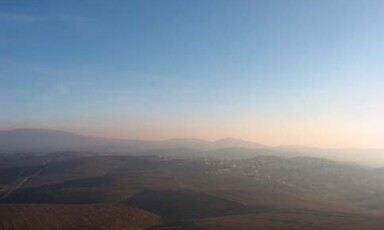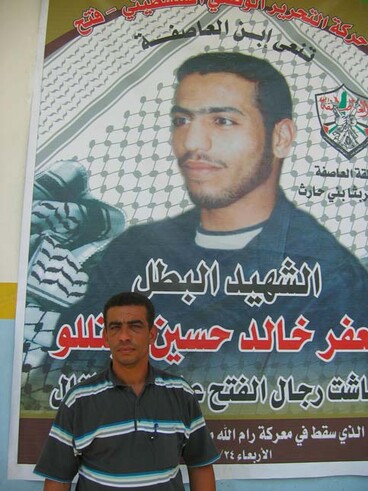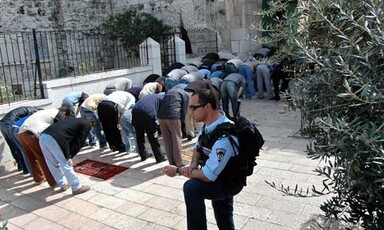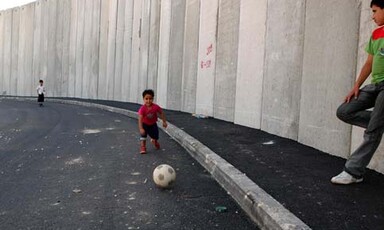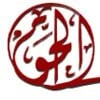
Indiscriminate and Excessive Use of Force: Four Palestinians Killed During Arrest Raid
24 May 2006
At approximately 14:30 this afternoon, 24 May 2006, an elite Israeli unit entered a commercial building in central Ramallah to arrest an Islamic Jihad leader. A crowd gathered outside the building and began to throw stones, while the vehicle transporting the elite unit was taken from the scene and burnt. Although precise details of the incident are currently difficult to obtain, it appears that around ten minutes later a number of Israeli military jeeps arrived and immediately opened indiscriminate fire towards the stone throwing Palestinians. Read more about Indiscriminate and Excessive Use of Force: Four Palestinians Killed During Arrest Raid
